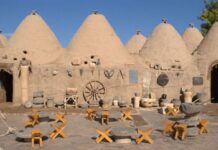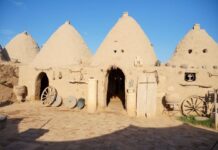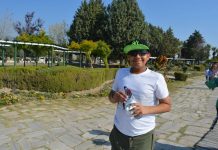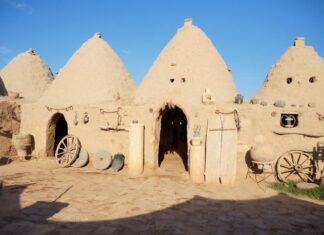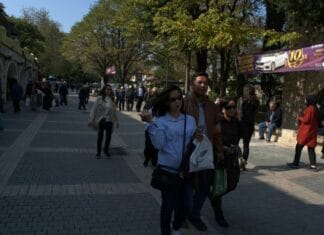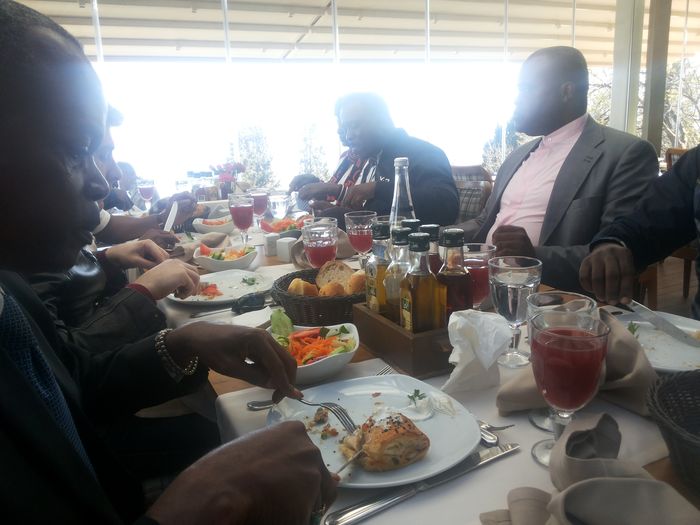Ancient Artifacts and Excavations
In the village that now stands on the site of old Corinth, small shops sell fragments from the ongoing excavations. These pieces, though often of little artistic value, are genuine. Many fake antiquities are produced and sold at high prices, sometimes more expensive than the authentic items.
Despite centuries of looting—first by the Romans, who carried away Greece’s finest works of art for their temples and palaces, and later by vandals—Greece’s soil is still rich with hidden treasures. Marble statues, pottery, and bronze objects are still being uncovered every day. Most of the excavation work is done by foreigners, as the Greek government is too poor to fund large-scale archaeological projects, and local citizens have other financial priorities Modern Athens.
Near the excavation site, in front of a low adobe hut, an old man in traditional Greek clothing sat smoking his pipe while rocking a child’s cradle. His simple and thoughtful presence could have been a portrait of the famous philosopher Diogenes.
Life in the Modern Village
At the center of the village stands a giant plane tree, shading a small triangular marketplace. Men sat at little tables, sipping coffee and chatting, while children played nearby, seemingly unaware of the ancient history surrounding them. The everyday life of the villagers continues as it has for centuries, blending ordinary routines with extraordinary historical surroundings.
Corinth and St. Paul
Old Corinth is not only of archaeological interest; it is also a city of great religious significance. It was closely connected to the missionary work of St. Paul. In the year 51 A.D., Paul, accompanied by Luke the Evangelist, visited Macedonia. There, he faced imprisonment in Philippi but converted the jailer during an earthquake, thanks to his boldness and eloquence. Afterward, he sailed to Athens, preaching famously on Mars Hill Private Tours Bulgaria.
Paul then arrived in Corinth, where he lodged at the house of Gaius and met Aquila and Priscilla. Silas and Timothy joined him there, and he lived in the city for a year and a half. During this period, he wrote his first letter to the Thessalonians, which he sent via Timothy. Later, Paul appeared before Gallio, the Roman proconsul and brother of the philosopher Seneca. Afterward, he stayed in Corinth for some time before returning to Syria and Jerusalem.
Six years later, Paul returned to Corinth for three months, again staying at Gaius’ house. During this visit, he wrote his letters to the Romans and Galatians, which became important parts of the Christian Bible. After completing his work, he returned to Jerusalem before eventually making his final journey to Rome.
A City of Two Histories
Corinth is remarkable not only for its ancient ruins and classical architecture but also for its Christian history. Visitors can explore the remnants of temples, marketplaces, and fountains while remembering that the same streets once hosted St. Paul’s missionary work. This blend of archaeology and faith gives Corinth a unique place in the hearts of historians, scholars, and religious travelers alike.

